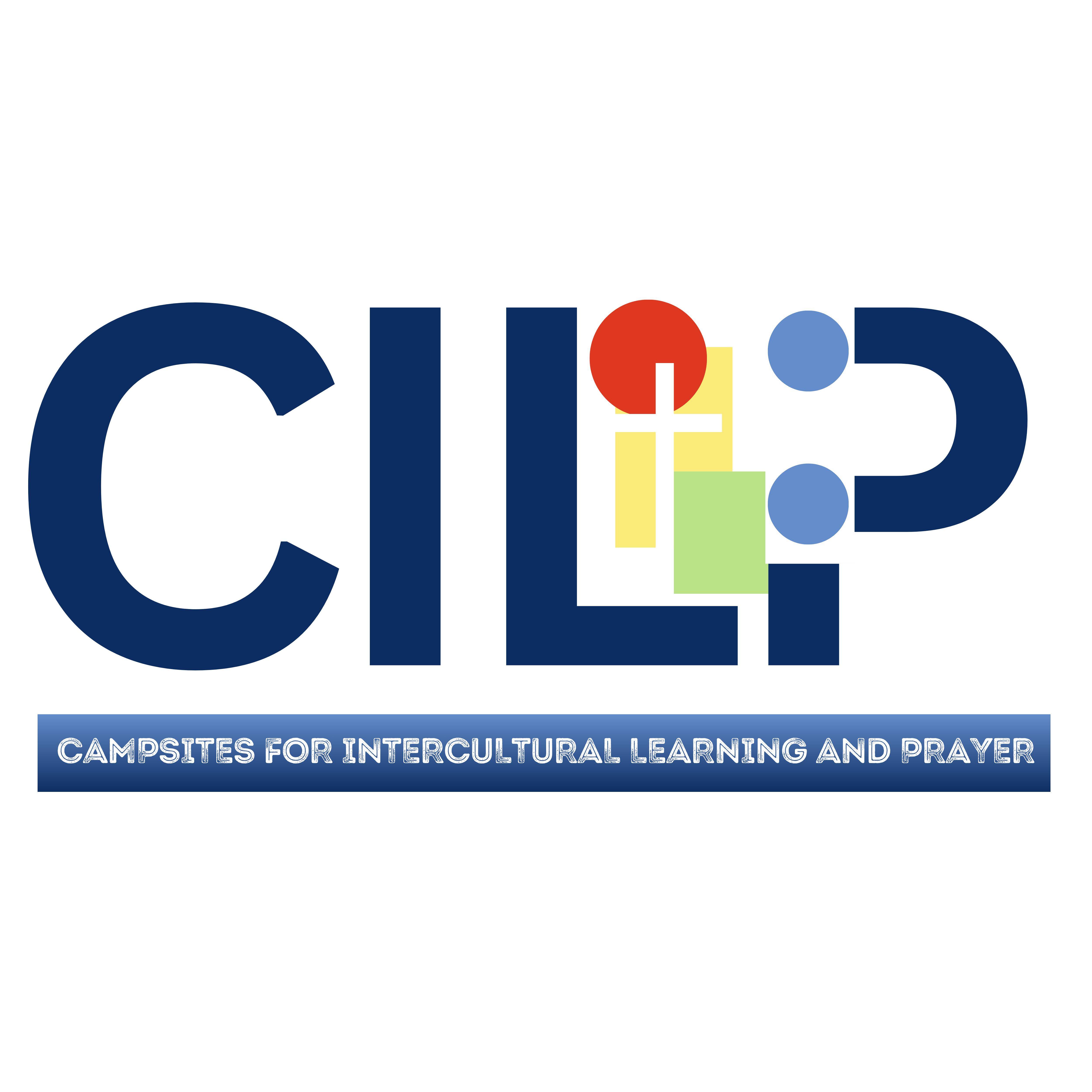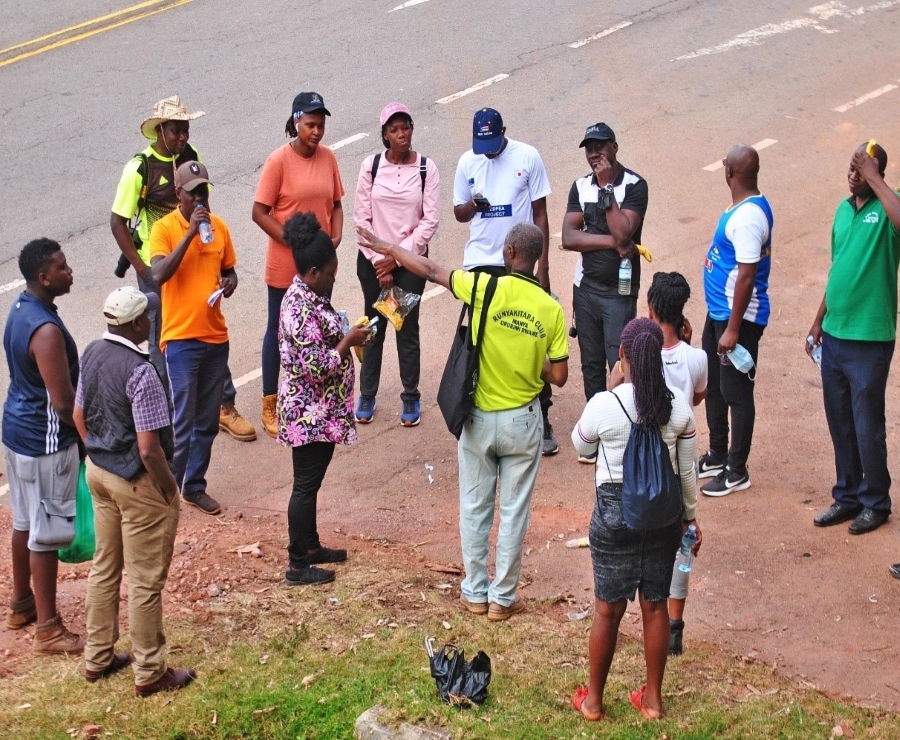On Sunday 26th of June 2022 a team of staff and students from Kabale University went for an afternoon drive and later walk in one of the unique, beautiful and attractive places of Kigezi: Nyakagyera! The guide and interesting story-teller for this picnic was none other than our own Prof. Manuel John Kamugisha Muranga. With a unique story-telling style he walked us through many fond places of his childhood years. The picnic was an introduction to a relatively young initiative called “Campsites for Intercultural Learning and Prayer” (CILP). The team comprised people from the western region of Uganda, as well as from the northern, eastern and central regions. As you probably already know, Kigezi poses endless puzzles and wonders of landscape formation. These date back in times of geological evolution that gave shape to the African continent. The tectonic forces of up-warping and down-warping gave rise to the Rwenzori mountains in western Uganda and the Kyoga-Victoria basin in the central region. Consequently, the undulating hills of western Uganda stand out as interesting tourist destinations with magnificent formations associated with vulcanism and tectonism.
Thank you for reading this post, don’t forget to subscribe!The tour started off at the University Main Gate with a vehicle ride to Kabaraga. This was the briefing point that also marked the start of our walking adventure. From close to the charcoal selling centre at Kabaraga, we trekked upon the elongated top of Nyaamango ridge on the left side of the beautiful tarmac road that leads from Kabale and cuts through a section of the Kabaraga massif to wind its way into Kaharo Sub-county and on into the flatlands of Ankole. This road, like the one leading westwards through Rubanda and eventually descending the escarpment into Kisoro District and the western Rift Valley, is a veritable feat of highway engineering. This Nyaamango ridge happens to be part of the boundary between two major dialects: the Rukiga-Ruhororo-Runyankore of Kaharo, parts of Kitumba, Kamuganguzi, Buhara, Maziba, southern Bukinda and Kamwezi Sub-counties of Kabale and Rukiga Districts; and, on the left side of this Kabaraga bit of the road, starting exactly with Nyakagyera Village, the “Rukiga Proper” (or Rukiga-Rukiga) of the northern parishes of Kyanamira Sub-county of Kabale District, parts of Kitumba, all of Rubaya and the other sub-counties around Lake Bunyonyi, the whole of Rubanda District, as well as Rwamucuucu and Kashambya Sub-counties of Rukiga District. The dialectal differences are an interesting subject that has fascinated Prof. Muranga since childhood. Via the flattish, supposedly one-time haunt of leopards appropriately called Nyarungwe, the trek led us to a round-headed mountain called Rwanza, from the top of which we enjoyed a panoramic view of most of Kaharo Sub-county and the central parts of Rukiga District.
We saw the bear-like Mwendo Hill above Kizinga from this same Rwanza vantage point. Along this stretch of our tour, we were captivated by a view of the famous Kigezi terraces and the hill-slope settlements of the people among these saddle and interlocking hills. On a clear day, when the spectacular Kigezi sky is clear, one is able to see Mount Muhabuura looming in the west like a huge grey-blue umbrella.
From Rwanza we did a short descent to Aha k’Entare (meaning “At the Little Valley of Lions”). Indeed, all along the way, Prof. Muranga was able to entertain us with several onomastic curiosities!

We continued with the tour to Kakumbyo, a very steep side of the majestic Kyangabo Mountain. “Kakumbyo” presumably derives from the Rukiga/Runyankore verb “okukumbagara” (to roll downhill). The story here was that, when he, Manuel Muranga, was a young boy in primary school, and it was his family’s turn to do the communally shared herding of several head of cattle, he was the “herdsman” on the fateful day when a cow belonging, alas, not to his family slipped off this grassy hillside under his watch and literally rolled into the Nyaruhanga valley, the corner of his native Nyakagyera that is at the base of Kakumbyo.
We had our picnic at Rwakatoryo, the physical Campsite for Intercultural Learning and Prayer. This is an initiative that aims at sowing the seeds of and/or strengthening patriotism in our multilingual and multicultural nation Uganda, as well as promoting world citizenship or cosmopolitanism on our multiracial planet.


